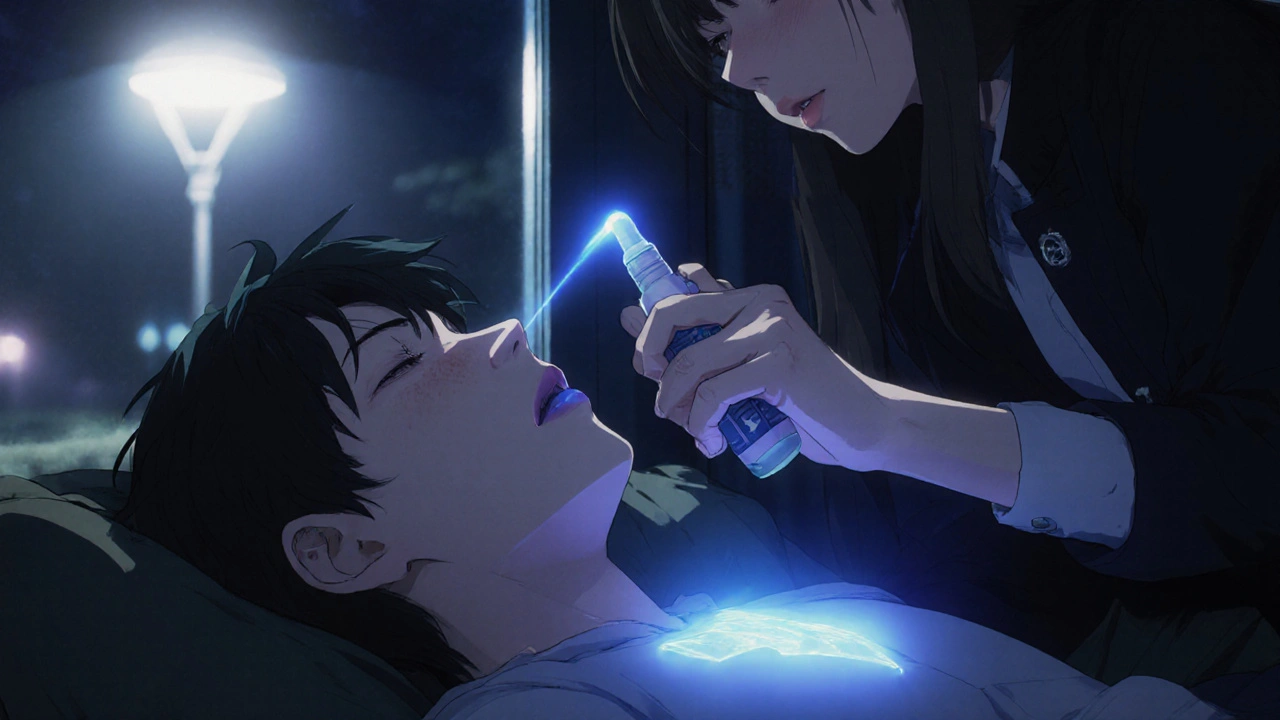When someone experiences a fentanyl overdose, a life-threatening reaction to a synthetic opioid up to 100 times stronger than morphine. Also known as opioid overdose, it happens when the body can’t process the drug fast enough, shutting down breathing and heart function. Fentanyl doesn’t just come from prescriptions—it’s often mixed into other drugs like heroin, cocaine, or fake pills sold as oxycodone. You might not even know you’re taking it.
Recognizing a fentanyl overdose, a rapid, silent killer that can strike in minutes is the first step to saving a life. The signs are simple: blue or gray lips and fingernails, slow or stopped breathing, unresponsiveness, and pinpoint pupils. Unlike alcohol or benzodiazepine overdoses, fentanyl doesn’t always cause vomiting or agitation. The person may just go limp, like they’re deeply asleep—and that’s when time runs out. This is why bystanders often don’t realize what’s happening until it’s too late.
That’s where naloxone, a fast-acting opioid blocker that can reverse an overdose in under 5 minutes comes in. It’s not a cure, but it buys time. Naloxone works by kicking fentanyl off the brain’s opioid receptors, forcing the person to breathe again. It’s safe, easy to use, and available without a prescription in most places. Keep it in your bag, your car, your home—especially if someone you know uses drugs, even occasionally. One dose might not be enough. Fentanyl is so potent that you might need to give naloxone twice, or even three times, while waiting for EMS.
But naloxone isn’t magic. After giving it, you still need to call 911. The effects of naloxone wear off faster than fentanyl, and the person can slip back into overdose. They also need monitoring—some end up in the hospital for days. And if they survive, they’ll need support. opioid addiction, a chronic brain disease, not a moral failure doesn’t vanish after one reversal. Treatment with medications like buprenorphine or methadone, plus counseling, gives people the best shot at long-term recovery.
Prevention starts with awareness. If you’re prescribed fentanyl, never mix it with alcohol, benzodiazepines, or sleep aids. If you use street drugs, test them with fentanyl test strips—they’re cheap, accurate, and can stop a tragedy before it starts. Carry naloxone. Tell your friends how to use it. Teach your kids what to do if someone collapses. Most overdoses happen alone, in private. But they don’t have to.
Below, you’ll find real-world guides on recognizing overdose signs in children, how medications interact with opioids, what to do after a reversal, and how to spot hidden risks in everyday prescriptions. These aren’t theoretical—they’re the tools people used to save lives yesterday, and they can help you save one tomorrow.
